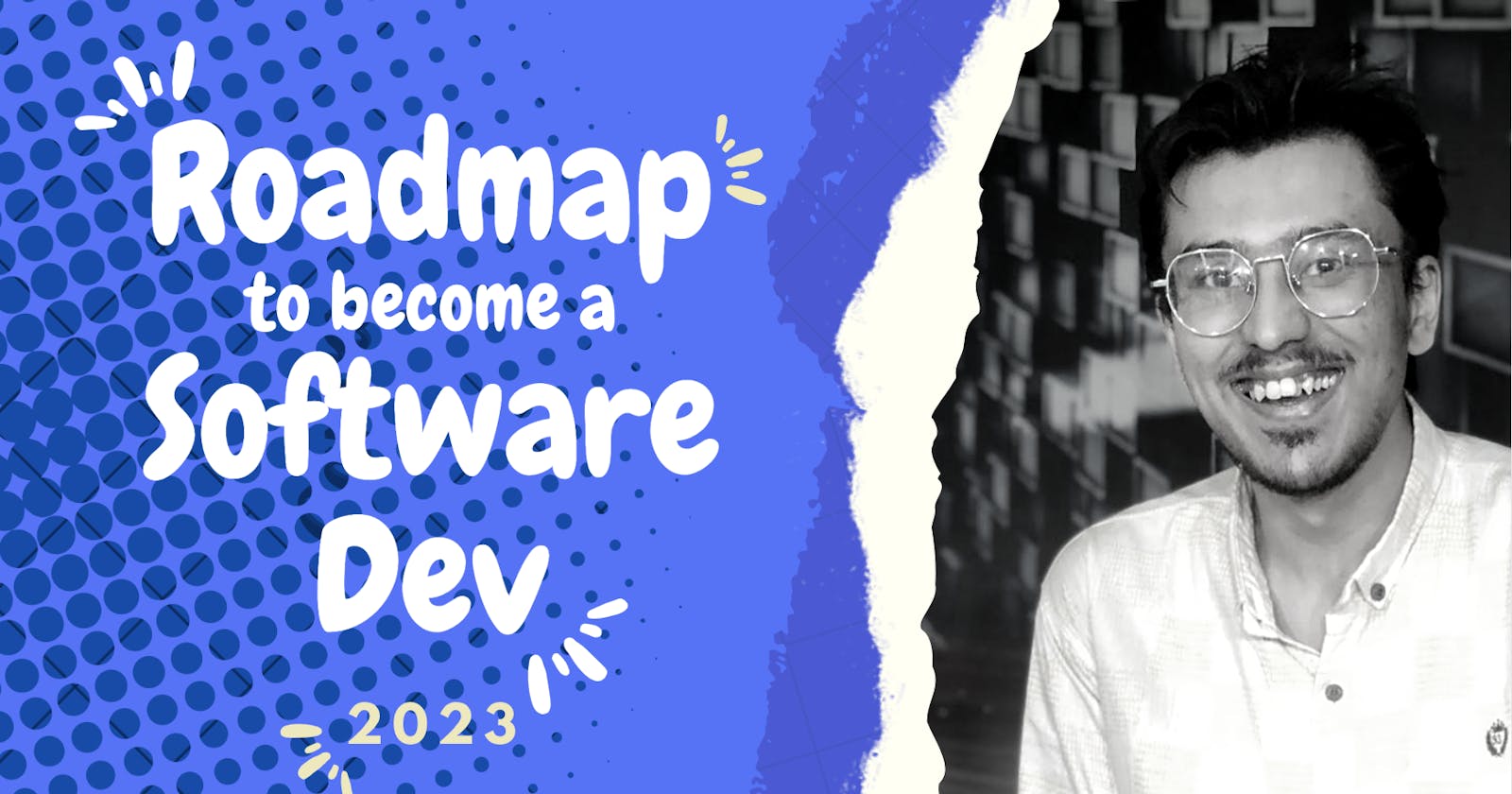What's up my fellow brogrammers hope you guys are doing well. A lot of new developers are starting to learn to code every single day, and that means a lot of people don't know what to do or where to start, So I decided to compile a list for such people so that they don't have to face the problems that I faced while learning to code.
Before we begin I have a video on the same topic if you prefer watching instead of reading it. I'm totally new to video creation so please excuse my bad editing as I'm still getting used to editing. 🙌
Now that the self-promotion is out of the way let's continue with the task at hand.
What is a Full Stack Dev
So, what is a full-stack developer? A full-stack developer has the responsibility of building the whole application, which means that this person is responsible for both the client and server sides.
Where to start: Front End Dev
Now if you are just starting out I would highly recommend you to start as a front-end dev first. As it's much easier to learn and start earning.
You can start learning in the following order.
HTML
CSS
Javascript
To learn these there are a lot of good videos that will get you started available on Youtube. Some of the sources are listed below.
Now, these are just some sources that are great and have a lot of videos to help you start building your next project.
I've learned these now what?
So, you are now familiar with these tools what's next? is this it? Sadly no. There is still a lot to learn and a lot to do but don't worry as you are not expected to master every nook and cranny of each tool you spend time learning.
Now, that you feel confident working with the above-mentioned tools now is the time to get your hands dirty in Frameworks. I can hear your guys asking
But Rayan what is a framework?
No need to worry I got you covered.
In computer programming, a software framework is an abstraction in which software, providing generic functionality,
So what frameworks you can start learning? There are a lot of frameworks available, and this is where most new developers suffer, but just to put you at ease you don't have to worry about what framework you choose as all have very similar concepts.
Some of the frameworks are as follows
React Js
Vue Js
Angular Js
Svelte
and there are still a lot more releases every month, but these are the most popular ones. You can start with anyone you like. If you are curious I use React Js, and if you too want to learn React Js there is a site called scrimba which has a free course available for you to start learning React Js.
Where to start: Backend Dev
Now, that you've mastered frontend development now is the time to go dark. Now backend development mostly has the logic written there, Like fetching data from your database, authentication, etc.
Now, If you are familiar with Javascript you are in luck as you can start using that for backend development as well but if you don't want to use Javascript there are still a lot of languages to choose from some of them are listed below.
PHP
C#
Go
Rust
Python
these are just some of the languages there are still a lot I haven't mentioned.
To start learning these you can still use free code camp as they have a lot of courses available for each language. Some other sources are as follows.
I've learned these now what?
Now, that you've mastered one of the backed languages. It's time for a framework. Some Frameworks are listed below.
Express Js (Node js)
Laravel (PHP)
ASP.net (C#)
Django (Python)
and that's it, but what about databases?
Where to start: Databases
A database is a place for you to store your data, It is an essential part of any full-stack progress. Now Ideally you were learning about databases during your backend development, but just to summarize there are two types of databases
SQL (Structured Query Language)
No-SQL
SQL
Structured Query Language (SQL) is a standardized programming language that is used to manage relational databases and perform various operations on the data in them. Some examples are
MySQL
PostgresSQL
MsSQL
No-SQL
NoSQL databases (aka "not only SQL") are nontabular and store data differently than relational tables. NoSQL databases come in a variety of types based on their data model. The main types are document, key-value, wide-column, and graph. They provide flexible schemas and scale easily with large amounts of data and high user loads. One example of No-SQL is Mongodb.
and that's all now you are a full-stack developer, but there is still a lot for you to learn, but this should've helped you to get started.
Hope you find this useful. Share your thoughts would love to connect with you guys.
Find me here

